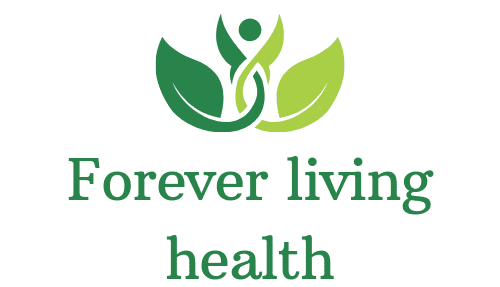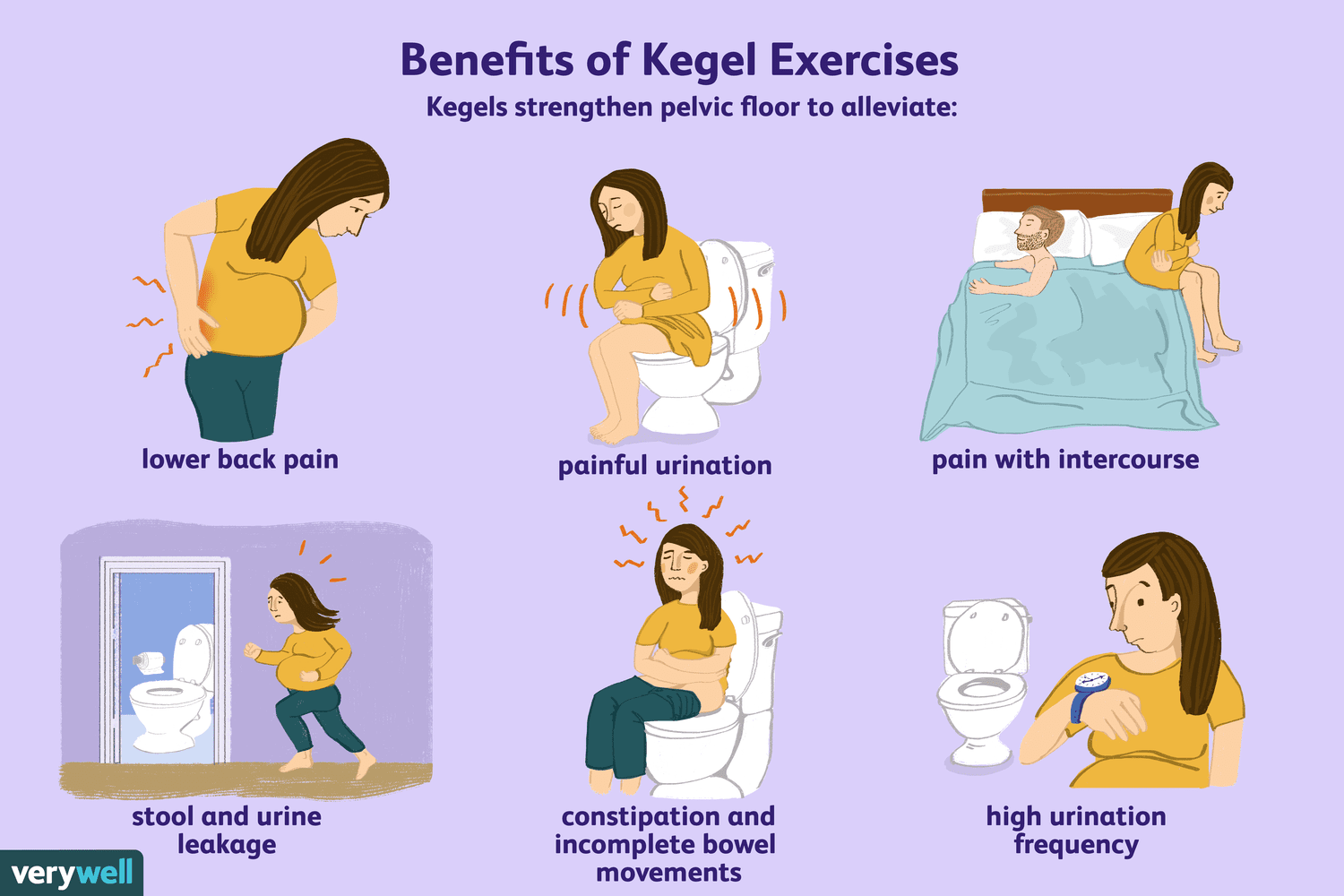Kegel Exercises are today’s fast-paced world, we often neglect the importance of maintaining our pelvic health. However, taking care of our pelvic floor muscles through exercises like Kegels can have profound effects not only on bladder control but also on sexual pleasure. Let’s delve into the world of Kegel exercises and discover how they can be the secret weapon for better bladder control and mind-blowing orgasms.
Table of Contents
Introduction to Kegel Exercises
What are Kegel exercises?
Kegel exercises, named after Dr. Arnold Kegel, involve contracting and relaxing the pelvic floor muscles, which support the uterus, bladder, small intestine, and rectum. These exercises were initially developed to help women with urinary incontinence issues post-pregnancy but have since gained recognition for their broader health benefits.
Importance of pelvic floor muscles
The pelvic floor muscles play a crucial role in maintaining urinary and fecal continence, supporting pelvic organs, and enhancing sexual function. Weak pelvic muscles can lead to various issues, including urinary incontinence, pelvic organ prolapse, and decreased sexual satisfaction.
Understanding Bladder Control
Common issues related to bladder control
Millions of people worldwide struggle with bladder control issues, ranging from occasional leaks to more severe forms of urinary incontinence. Factors such as aging, childbirth, obesity, and certain medical conditions can contribute to these issues, affecting both men and women.
How Kegel exercises can help
By strengthening the pelvic floor muscles, Kegel exercises can improve bladder control and reduce urinary incontinence episodes. These exercises target the muscles responsible for controlling the flow of urine, leading to better muscle tone and enhanced support for the bladder and urethra.
Exploring Mind-Blowing Orgasms
The connection between pelvic muscles and orgasms
Strong and flexible pelvic floor muscles are essential for experiencing pleasurable and intense orgasms. During arousal, these muscles contract rhythmically, contributing to the sensations of pleasure and climax. By strengthening these muscles, individuals can potentially achieve more satisfying orgasms.
How Kegel exercises enhance sexual pleasure
Regular practice of Kegel exercises can lead to increased blood flow to the pelvic region, heightened sensitivity, and improved muscle control during sexual activity. Stronger pelvic floor muscles can also result in more intense orgasms for both men and women, adding a new dimension to sexual experiences.
Getting Started with Kegel Exercises
Identifying pelvic floor muscles
To perform Kegel exercises correctly, it’s essential to locate the pelvic floor muscles. One way to identify these muscles is by stopping the flow of urine midstream. However, it’s crucial not to practice Kegels while urinating regularly, as it can lead to urinary tract infections.
Step-by-step guide to performing Kegel exercises
- Find a comfortable position: Sit, stand, or lie down comfortably with your knees slightly apart.
- Contract the muscles: Squeeze your pelvic floor muscles as if you’re trying to stop the flow of urine. Avoid tensing your abdomen, buttocks, or thighs.
- Hold the contraction: Hold the squeeze for 3-5 seconds, then relax for the same duration.
- Repeat: Aim for 10-15 repetitions, gradually increasing the duration of contractions as your muscles become stronger.
Benefits of Regular Practice
Improved bladder control
Consistent practice of Kegel exercises can lead to significant improvements in bladder control, reducing the frequency and severity of urinary incontinence episodes. Many individuals report a noticeable difference in their ability to hold urine and avoid accidents after incorporating Kegels into their daily routine.
Enhanced sexual satisfaction
Strong pelvic floor muscles can enhance sexual satisfaction for both partners by increasing vaginal tightness, improving erectile function, and intensifying orgasms. Additionally, individuals with stronger pelvic muscles may experience increased arousal and stamina during sexual activity.
Other health benefits
In addition to improving bladder control and sexual function, Kegel exercises offer a range of other health benefits, including:
- Prevention of pelvic organ prolapse
- Reduced risk of erectile dysfunction
- Alleviation of lower back pain
- Improved posture and stability
Incorporating Kegel Exercises into Daily Routine
Tips for consistency
To reap the full benefits of Kegel exercises, consistency is key. Incorporate them into your daily routine by setting aside dedicated time for practice, such as during morning or evening rituals. You can also pair Kegels with other activities, like watching TV or brushing your teeth, to make them a habit.
Making it a habit
Like any form of exercise, making Kegels a habit requires commitment and perseverance. Start with a manageable routine and gradually increase the frequency and intensity as you progress. Consider setting reminders or using smartphone apps to track your progress and stay motivated.
Variations and Advanced Techniques
Additional exercises for pelvic health
In addition to traditional Kegel exercises, several variations and advanced techniques can target different areas of the pelvic floor. These include:
- Bridge pose
- Squats
- Pelvic tilts
- Resistance training with Kegel balls or weights
Progressing in difficulty
As your pelvic floor muscles become stronger, you can gradually increase the difficulty of your Kegel routine by:
- Extending the duration of contractions
- Incorporating resistance or weight training
- Experimenting with different positions and movements
Addressing Common Concerns
Can anyone do Kegel exercises?
Yes, Kegel exercises are suitable for people of all ages and fitness levels, including pregnant women and seniors. However, individuals with certain medical conditions or pelvic floor disorders should consult a healthcare professional before starting a Kegel regimen.
How long until results are noticed?
The timeline for experiencing results from Kegel exercises varies from person to person. Some individuals may notice improvements in bladder control and sexual satisfaction within a few weeks, while others may take longer. Consistency and proper technique are essential for achieving desired outcomes.
Risks and precautions
While Kegel exercises are generally safe for most people, there are some risks and precautions to consider:
- Avoid overdoing it, as excessive contractions can cause muscle fatigue and discomfort.
- If you experience pain or discomfort while performing Kegels, stop immediately and consult a healthcare professional.
- Pregnant women should consult their doctor before starting or continuing a Kegel routine, as certain exercises may not be suitable during pregnancy.
Kegel Exercises for Men vs. Women
Gender-specific considerations
While the basic principles of Kegel exercises apply to both men and women, there are some differences in technique and benefits:
- For women: Kegels can help strengthen pelvic floor muscles weakened by childbirth or aging, leading to improved bladder control and sexual satisfaction.
- For men: Kegels can enhance erectile function, prevent premature ejaculation, and improve bladder control, especially after prostate surgery or as they age.
Similarities and differences
Despite these gender-specific considerations, the underlying goal of Kegel exercises remains the same for both men and women: to strengthen the pelvic floor muscles and improve overall pelvic health.
Combining Kegel Exercises with Other Practices
Yoga and Pilates
Yoga and Pilates are excellent complementary practices for Kegel exercises, as they focus on core strength, flexibility, and body awareness. Incorporating yoga poses and Pilates exercises into your routine can further enhance pelvic health and overall well-being.
Pelvic physical therapy
For individuals with pelvic floor dysfunction or chronic pelvic pain, pelvic physical therapy may be beneficial. A trained therapist can provide personalized exercises, manual techniques, and education to address specific issues and improve pelvic function.
Real-Life Success Stories
Testimonials from individuals who benefited from Kegel exercises
- “After struggling with urinary incontinence for years, I decided to try Kegel exercises. Within a few weeks, I noticed a significant improvement in my bladder control, allowing me to enjoy life without worrying about leaks.”
- “As another mother, I was worried about pelvic floor issues after labor. Incorporating Kegel exercises into my daily routine not only helped me regain bladder control but also enhanced my sexual satisfaction.”
- “I never realized the impact pelvic health could have on my overall well-being until I started doing Kegels regularly. Not only do I feel more confident in social situations, but I also experience more intense orgasms during sex.”

Myths and Misconceptions
Debunking common myths
- Myth: Kegel exercises are only for women.
- Fact: Kegel exercises are beneficial for people of all genders, as pelvic floor health is important for everyone.
- Myth: Kegels are only necessary for older adults.
- Fact: Pelvic floor issues can affect individuals of all ages, making Kegel exercises relevant for people at any stage of life.
- Myth: Kegel exercises are complicated and time-consuming.
- Fact: Kegel exercises can be done discreetly anywhere, anytime, making them easy to incorporate into daily life.
Clarifying misconceptions
- Misconception: Kegels are a quick fix for all pelvic floor problems.
- Reality: While Kegel exercises can help improve pelvic health, they may not be sufficient for addressing complex pelvic floor issues. A holistic approach, including lifestyle modifications and possibly medical interventions, may be necessary for optimal outcomes.
Innovations in Kegel Exercise Technology
Apps and devices for tracking progress
Innovative technologies have made it easier than ever to monitor and track Kegel exercises. Smartphone apps and wearable devices can provide real-time feedback, personalized workout plans, and progress reports, motivating users to stay consistent and achieve their goals.
Virtual coaching options
For individuals who prefer personalized guidance, virtual coaching platforms offer one-on-one sessions with certified pelvic health specialists. These virtual sessions provide tailored exercise programs, educational resources, and ongoing support, ensuring proper technique and optimal results.
Consulting a Healthcare Professional
When to seek guidance
While Kegel exercises can be beneficial for many people, there are instances where professional guidance may be necessary:
- Persistent urinary incontinence despite regular Kegel practice
- Pelvic pain or discomfort during or after Kegel exercises
- Difficulty identifying or isolating pelvic floor muscles
Finding a pelvic health specialist
If you’re experiencing pelvic floor issues or have concerns about your Kegel routine, consider consulting a healthcare professional specializing in pelvic health. A qualified provider can assess your symptoms, recommend appropriate treatment options, and guide you on your journey to optimal pelvic health.
Conclusion
In conclusion, Kegel exercises are a powerful tool for improving bladder control, enhancing sexual satisfaction, and maintaining overall pelvic health. By incorporating these simple yet effective exercises into your daily routine, you can experience a wide range of benefits, from fewer leaks to more intense orgasms. Whether you’re a new mom, a fitness enthusiast, or simply looking to take control of your pelvic health, Kegel exercises offer a holistic approach to wellness that can transform your life.
FAQs
1. How often should I do Kegel exercises?
- Aim for at least three sets of 10-15 repetitions per day, gradually increasing the intensity and duration as your muscles strengthen.
2. Can I do Kegel exercises during pregnancy?
- Yes, Exercises are safe during pregnancy and can help prevent urinary incontinence and prepare the pelvic floor for childbirth. However, consult your doctor before starting any new exercise routine during pregnancy.
3. Can Kegel exercises improve erectile function in men?
- Yes, Kegel exercises can improve erectile function by strengthening the pelvic floor muscles and increasing blood flow to the genital area. Incorporating Kegels into your routine may help prevent or alleviate erectile dysfunction.
4. How long does it take to see results from Kegel exercises?
- The timeline for experiencing results from Kegel exercises varies from person to person. Some individuals may notice improvements within a few weeks, while others may take longer. Consistency and proper technique are key to achieving desired outcomes.
5. Are there any risks associated with Kegel exercises?
- While Exercises are generally safe for most people, there are some risks, including muscle fatigue, discomfort, and urinary tract infections if done incorrectly. Consult a healthcare professional if you experience any pain or adverse effects.


I’m not sure exactly why but this site is loading very slow for me.
Is anyone else having this problem or is it a issue
on my end? I’ll checxk back later on and see if the problem still exists. https://ukrain-forum.BIZ.Ua/